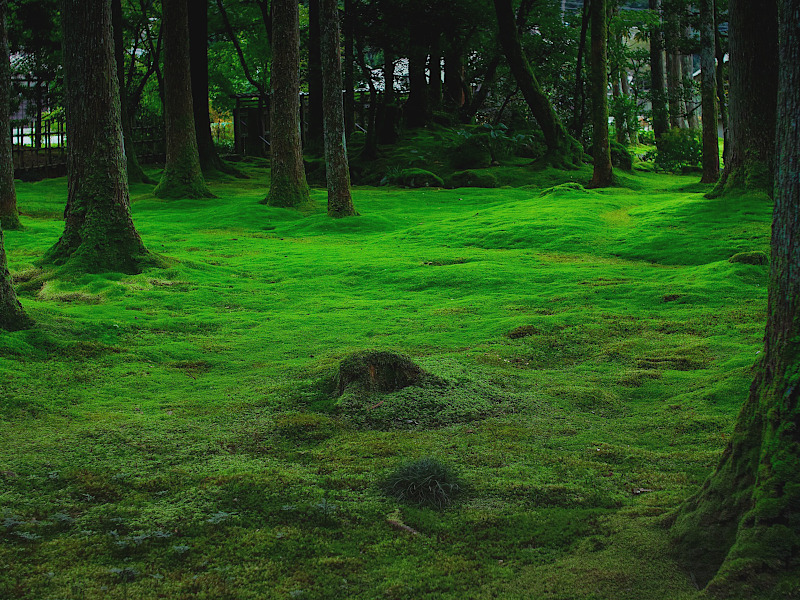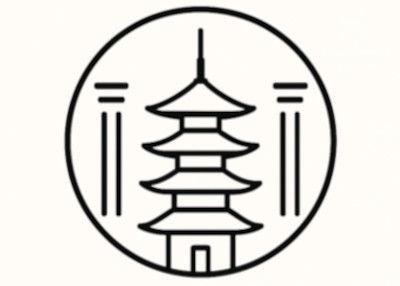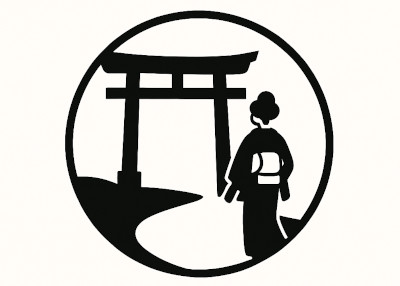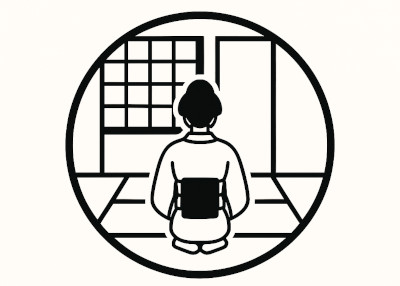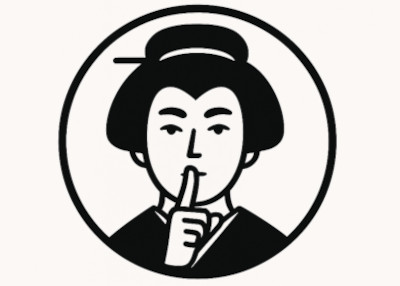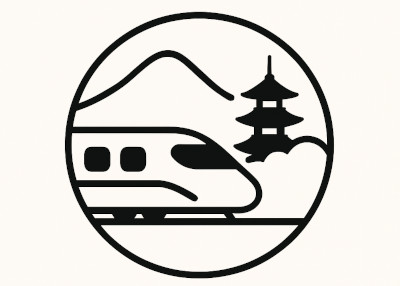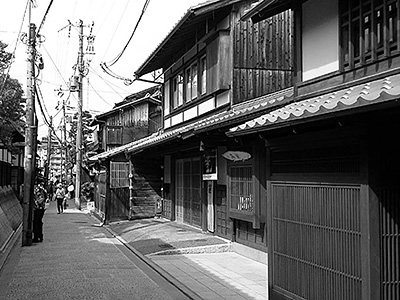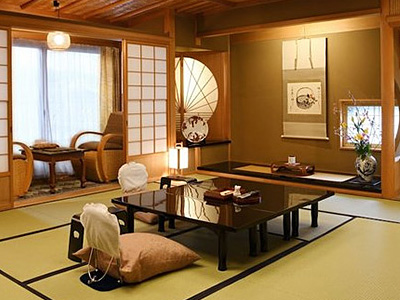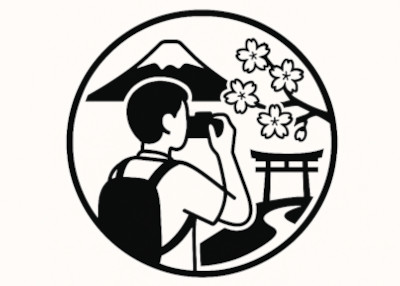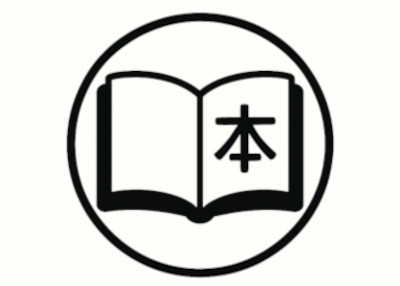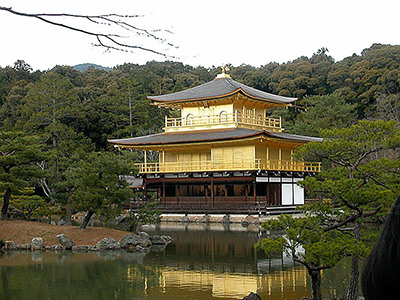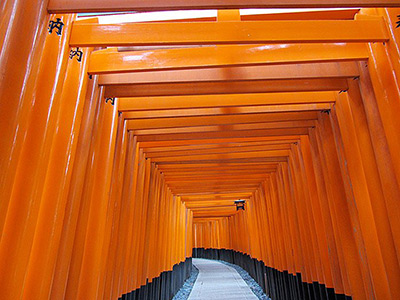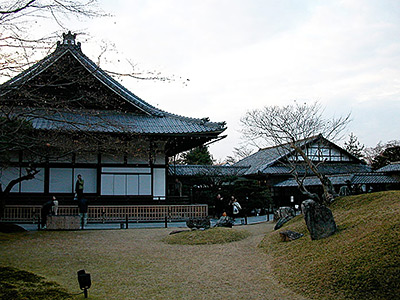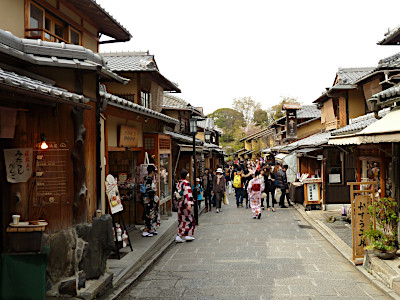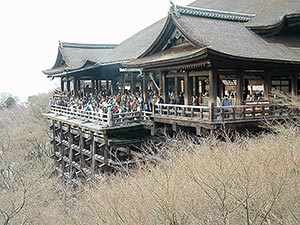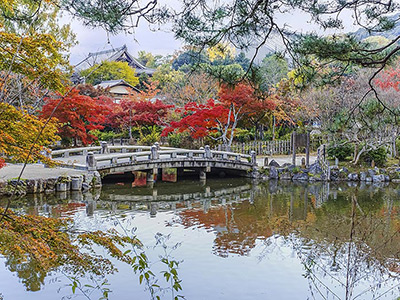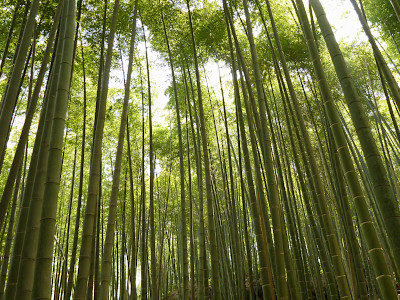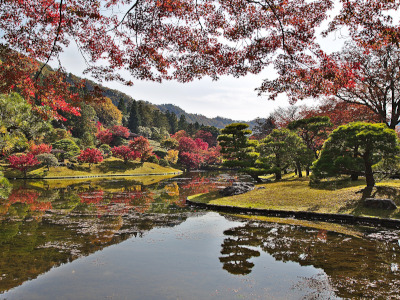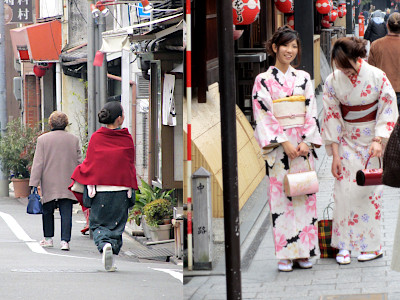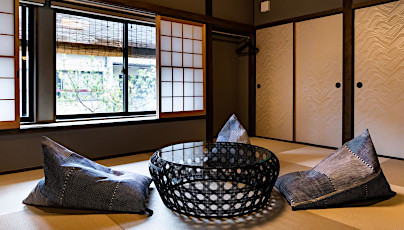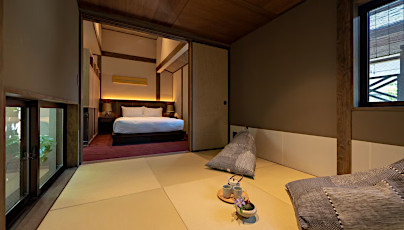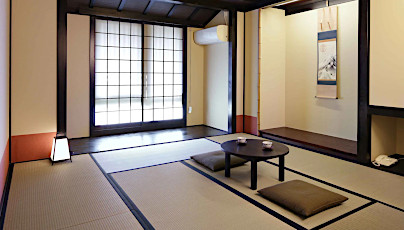Saihoji | Kokedera (Moss Temple) in Kyoto
This post can contain affiliate links, which means that we may receive a small commission if you make a purchase using these links.
Facts & Figures
Saihoji, also known as Kokedera (Moss Temple), is part of the 17 UNESCO World Heritage Sites of the Historic Monuments of Ancient Kyoto. Within the temple's Zen garden, you will find over 120 varieties of moss. It is a spectacular sight with the status of a Historic Site and a Special Place of Scenic Beauty. Saihoji covers an area of approximately 35,000 square meters. Unfortunately, you need a reservation two months in advance before you can enter the property. Go to this website and figure out the details. Important: The busiest time of the year to come here is November. Once you finally arrive at the temple you must first copy a sutra (Buddhist text) before the garden tour can start. Saihoji Temple has a history of nearly 1300 years. Its garden design was the role model for famous places in Kyoto like Kinkaku-ji Temple (Golden Pavilion) and Ginkaku-ji Temple (Silver Pavilion).
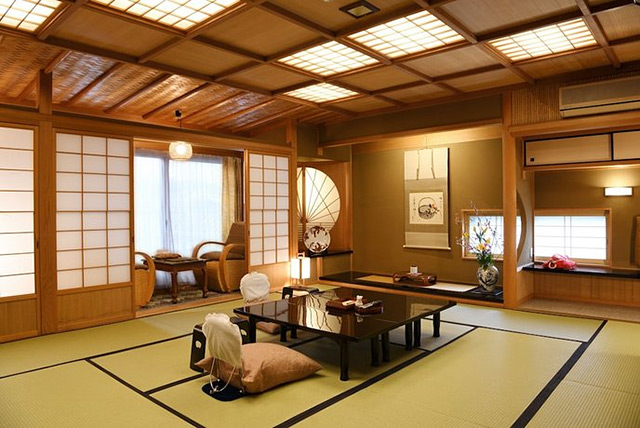 Experience the Ultimate Japanese Hospitality at a Kyoto Ryokan.
Experience the Ultimate Japanese Hospitality at a Kyoto Ryokan. Find Your Perfect Ryokan Now >
- Kokedera (Saihoji):
- Opening Hours - depends on the program (Nichi-nichi Sanpai - basic, Ori-ori Sanpai - special) and season
- Closed - from mid January to February the gardens can not be visited, but the main hall is still open
- Admission Fee - 4000 yen and a 110 yen booking fee per person (13 years and older), max. two people are allowed
History
Kokedera (Saihoji) was built as a secondary residence of Prince Shotoku-taishi (574 – 622), also known as Prince Umayado. Later in 731 at the request of the Emperor Shomu (701 – 756) priest Gyoki Bosatsu (668 – 749) changed the residence to a Rinzai Zen Buddhist Temple with the name Saihoji during the Nara period (710 - 794). The well-known Zen monk and master gardener Muso Soseki (1275 – 1351) repaired the "forgotten" temple in 1339 and changed the layout of the Kokedera gardens to its current configuration. The property was many times destroyed through floods or wars, like the Onin War (1467 - 1477). In 1928 the public could enter for the first time the Moss Temple (Kokedera). Renowned Japanese author Jiro Osaragi (1897 – 1973), also known as Haruhiko Nojiri, wrote a novel called Kokyo (Homecoming) in 1948. Kokedera Temple played a main part in it and made this destination really popular in Japan. Even more so when a movie came out in 1950 based on the book. Since 1994 Kokedera has been officially a UNESCO World Heritage Site.
Location
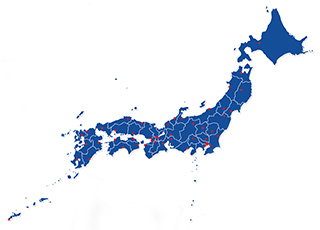
Kokedera (Saihoji) Temple is located in the western part of Kyoto near the Arashiyama district.
Address: 56 Matsuojingatani-cho, Nishikyo-ku, Kyoto, 615-8286
How to get to Kokedera (Saihoji) Temple?
- 20min walk from Matsuo Taisha Station served by Hankyu Arashiyama Line to Kokedera or
- 2min walk from Kokedera Suzumushidera Bus Stop served by bus nr. 73 or 83 from Kyoto Station
Sightseeing spots
Top:
Main Hall (Sairai-do) - The main hall you see today was reconstructed by a Kyoto University Professor with the name Murata Jiro, in 1969. The word Sairai-do can be translated to the hall coming from the west. Famous monk Muso Soseki (1275 – 1351), also known as Muso Kokushi, came up with this name. One of the main highlights of the hall is the 104 abstract sliding door (fusuma) paintings by Japanese artist Domoto Insho (1891 - 1975). The principal image of Sairai-do is Amida Nyorai, who is connected to Bodhisattva Gyoki. Do not miss the Sunset Spring close to the hall, which has been a source of fresh water for more than 1400 years. Older than the temple itself. The water is used for the Golden Pond (Ogonchi) and for the akai well. The water, taken from the Akai well, is used to clean the statue of Shakyamuni Buddha at Seiryoji Temple. This ritual (ominugui) happens annually on the 19th of April.
Shonantei Tea House - It has the status of a National Treasure by the Kyoto government. It was said that Japanese statesman Iwakura Tomomi (1825 – 1883) was hiding here during the Meiji period.
Saihoji Garden - Many people say this was the 1st Zen meditation garden in Japan. It is separated into two sections the upper and lower gardens. Both have the status of a Special Place of Scenic Beauty.
Upper Garden - It is a dry landscape garden (karesansui) made by Zen monk Muso Soseki in 1339. It is the oldest of its kind worldwide and was used as a role model or blueprint for other gardens in the country. Also, the training of Zen monks happened in the garden. The main feature here is rocks, which were positioned like a waterfall.
Lower Garden - At its center you will find the Golden Pond (Ogonchi) in the form of a heart (kokoro). The pond is surrounded by green moss in all shades.
Festival & Events (dates can change without notice)
March
Higashiyama Hanatouro Festival (Early - Mid March)
The illumination of local temples and roads by thousands of lanterns in the Higashiyama neighbourhood last for 10 days and starts at 6pm until 9:30pm. It is an unforgettable experience.
April
Miyako Odori (1st - 31st)
The traditional annual spring dance of the Kyoto district Gion Kobu performed by Geiko and Maiko is a must-see on your Kyoto visit. Don't miss the most popular dances the Miyako Odori "Cherry Blossom Dances" or "Dances of the Old Capital" at the Gion Kobu Kaburenjo Theater (located close to Gion Corner).
May
Aoi Matsuri (15th)
The highlight of this festival is a large parade from the Imperial Palace through the Shimogamo Shrine and ends at the Kamigamo Shrine (Kamigamo-jinja). More than 500 people wearing aristocratic costumes from the Heian Period (794 - 1185). The Aoi Matsuri belongs with the Gion Matsuri and Jidai Matsuri as the three most famous festivals in Kyoto.
July
Gion Matsuri (whole month)
The month of July is full of different events like the Yoiyama - Kyoto's Magical Night (locals in kimonos look at the giant Gion floats the day before the parade) or the famous Yamaboko Junko (float procession on the 17th of July).
October
Jidai Matsuri ("Festival of Ages") (22nd)
People celebrate with a large parade between Imperial Palace to Heian Shrine the anniversary of the foundation of Kyoto. App. 2000 participants wearing historical costumes from different time periods. Enjoy this great festival which lasts around 2 hours.
Where to stay in Kyoto?
Book your Flight Tickets and Rental Car for your Japan trip
Day trips from Kyoto:
Travelers who viewed Kokedera | Saihoji (Moss Temple) viewed also:
Top rated - Best Machiya Houses in Kyoto
THE MACHIYA Ebisuya, 192 Ebisuya-cho Shimogyo-ku, Kyoto 600-8062
This 3-star guesthouse got an excellent rating. All 30 individually furnished rooms offer free WiFi, air conditioning, bathrooms incl. toilets, fridges, 40-inch flat-screen TVs, and more. THE MACHIYA Ebisuya is located in central Kyoto.
View on Expedia.com
This 3-star guesthouse got an excellent rating. All 30 individually furnished rooms offer free WiFi, air conditioning, bathrooms incl. toilets, fridges, 40-inch flat-screen TVs, and more. THE MACHIYA Ebisuya is located in central Kyoto.
View on Expedia.com
The Machiya Kazahaya, 570-6 Kazahayacho, Shimogyo-ku, Kyoto, Kyoto, 600-8475
The Machiya Kazahaya offers for all guest rooms free WiFi, air conditioning, safes, bathrooms with toilets, refrigerators, and much more. Enjoy also the beautiful Japanese Garden. Guests gave this property the rating - Exceptional.
View on Expedia.com
The Machiya Kazahaya offers for all guest rooms free WiFi, air conditioning, safes, bathrooms with toilets, refrigerators, and much more. Enjoy also the beautiful Japanese Garden. Guests gave this property the rating - Exceptional.
View on Expedia.com
Kyomachiya Ryokan Sakura Urushitei, 425 Kichimonjicho, Shimogyo-ku, Kyoto, 600-8069
This beautiful 3-star guesthouse offers 32 rooms with free WiFi, air conditioning, bathrooms incl. showers and toilets, refrigerators, and much more. Enjoy also the relaxing indoor public bath (no minerals). Guests gave this property the rating - Wonderful.
View on Expedia.com
This beautiful 3-star guesthouse offers 32 rooms with free WiFi, air conditioning, bathrooms incl. showers and toilets, refrigerators, and much more. Enjoy also the relaxing indoor public bath (no minerals). Guests gave this property the rating - Wonderful.
View on Expedia.com

